Discover creative math bulletin board ideas that will not only engage your students but also make your classroom sparkle with mathematical magic.
Math bulletin boards are often the most eye-catching part of a classroom, but they can also be the most predictable. Let’s be honest, we’ve all seen enough number lines and pie charts to last a lifetime.
My mission? To shake things up! Dive in as I share some offbeat, downright quirky ideas that will make math the most talked-about subject in your school.
Math Mysteries: Weekly Puzzles or Riddles
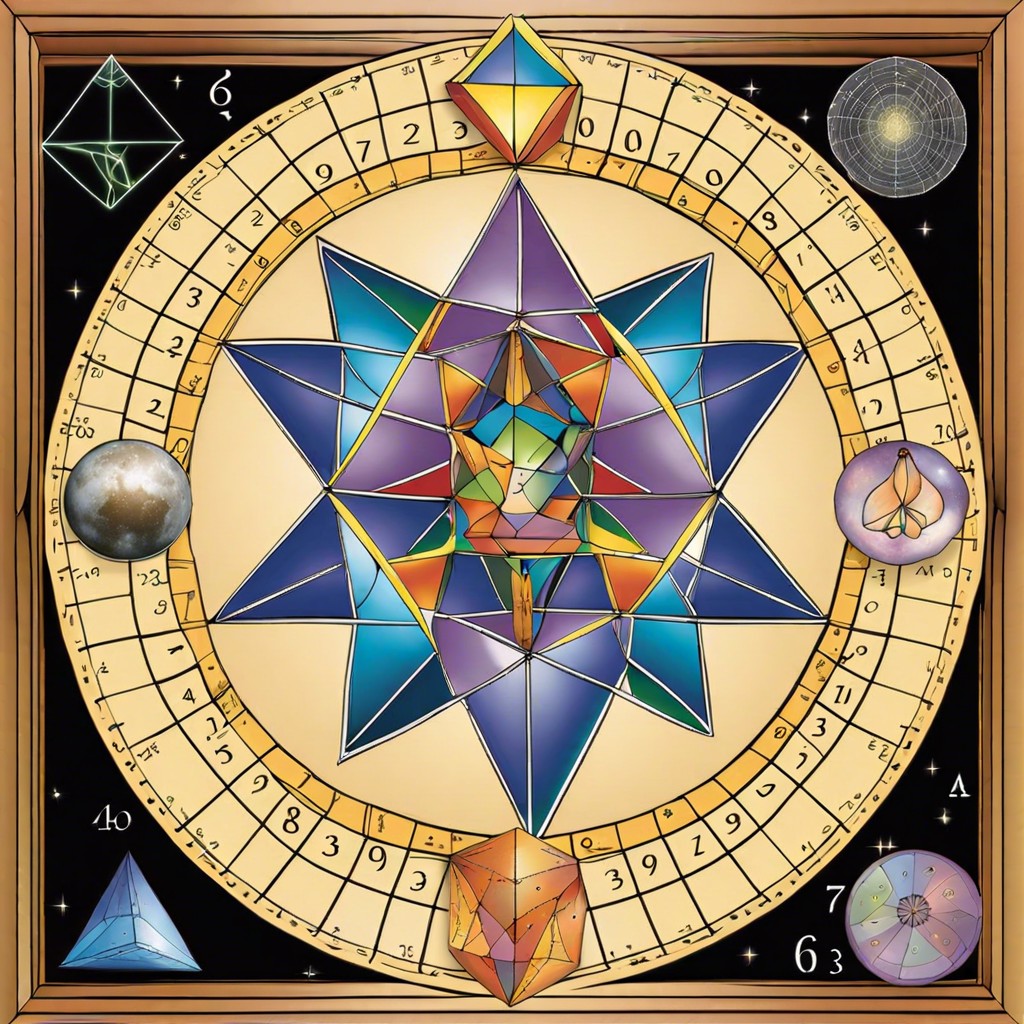
These captivating enigmas not only sharpen problem-solving skills but also keep students eagerly anticipating the next mathematical conundrum. They transform the bulletin board into a dynamic, brain-bending hub of intrigue.
Math in Nature: Photos and Equations of Natural Patterns
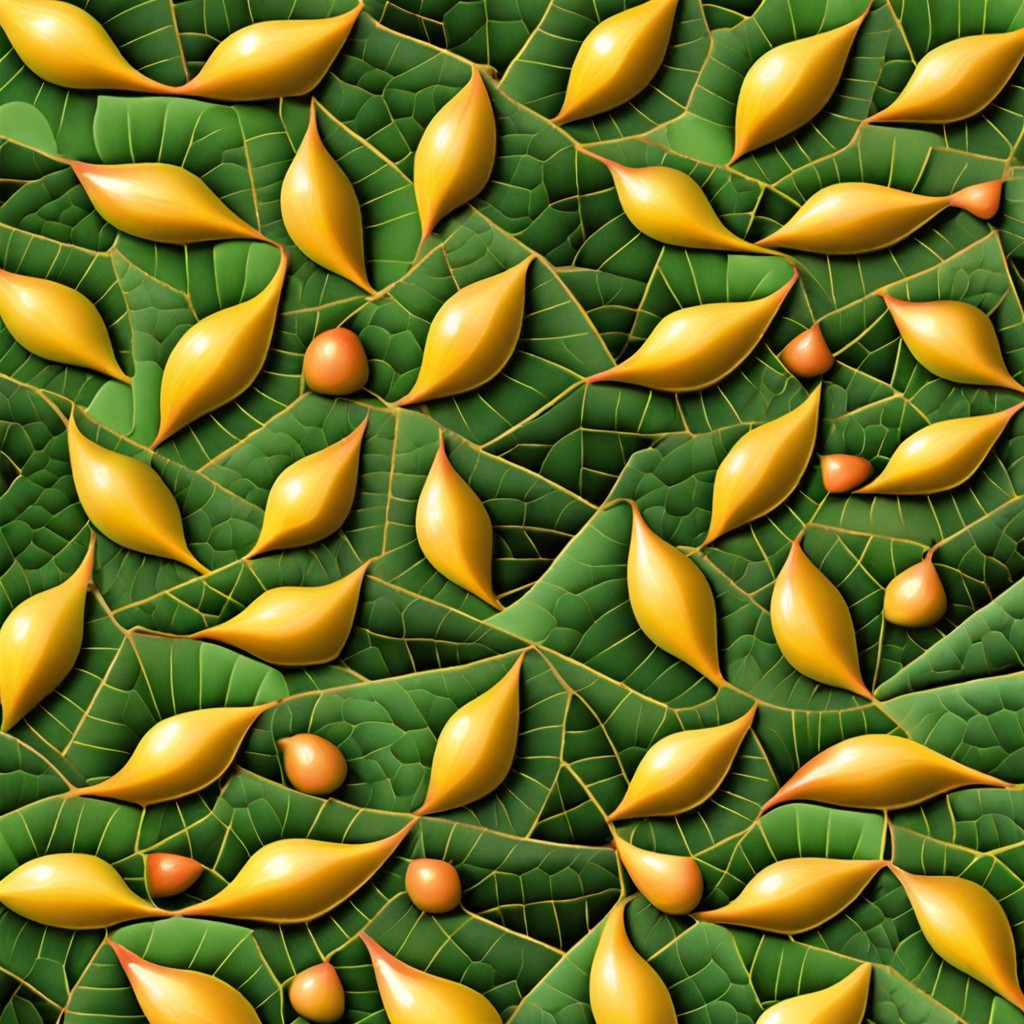
Imagine captivating snapshots of the Fibonacci sequence in pinecones or the Golden Ratio in sunflowers, paired with mathematical explanations that amaze. This section injects awe and curiosity into the everyday, turning nature walks into fascinating math lessons.
Mathematician of the Month: Bio and Achievements
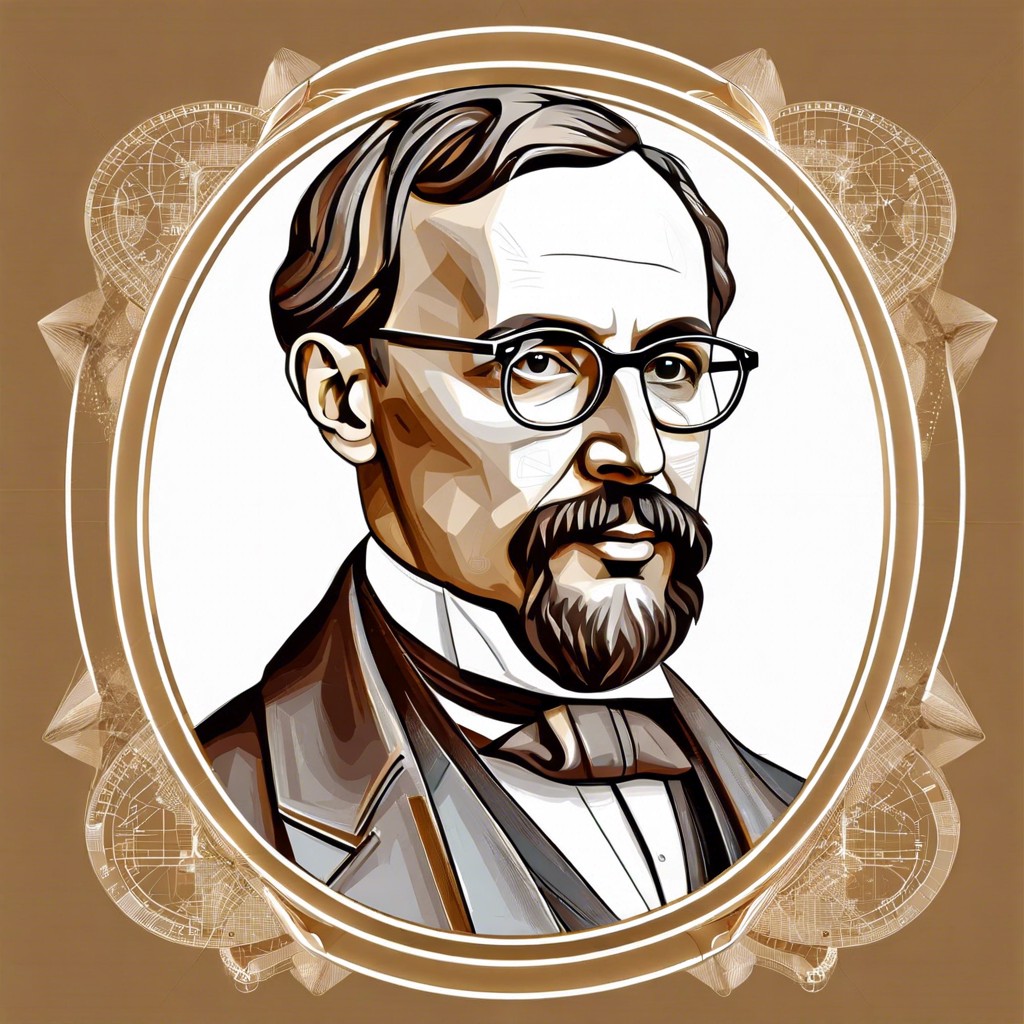
Highlighting a different mathematician each month, this segment delves into the life and achievements of math legends. It not only honors historical figures but also introduces students to contemporary math heroes, sparking curiosity and inspiration.
Fraction Fun: Interactive Fraction Activities
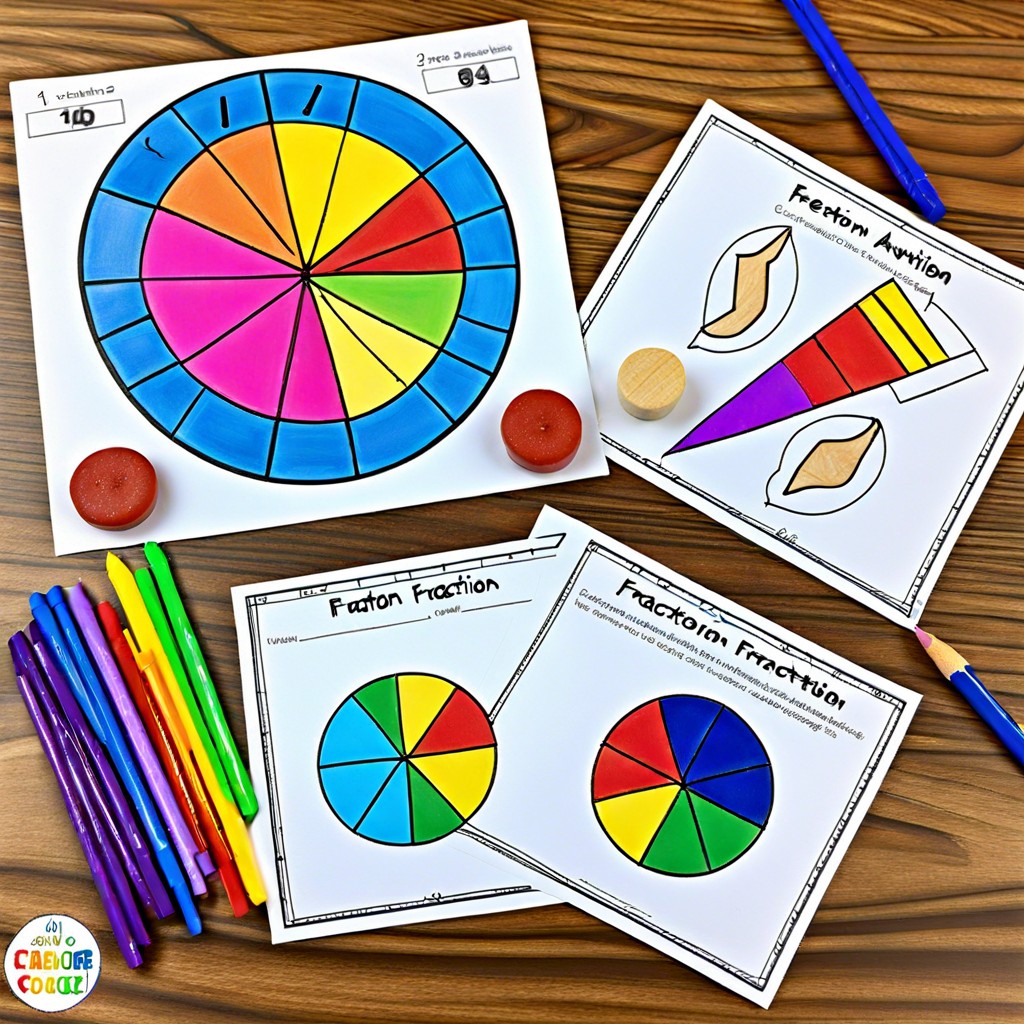
Students interact with fraction games and manipulatives, making abstract concepts tangible. Visual aids and hands-on activities bring fractions to life, ensuring engagement and understanding.
Geometry Gallery: Student-created Geometric Art
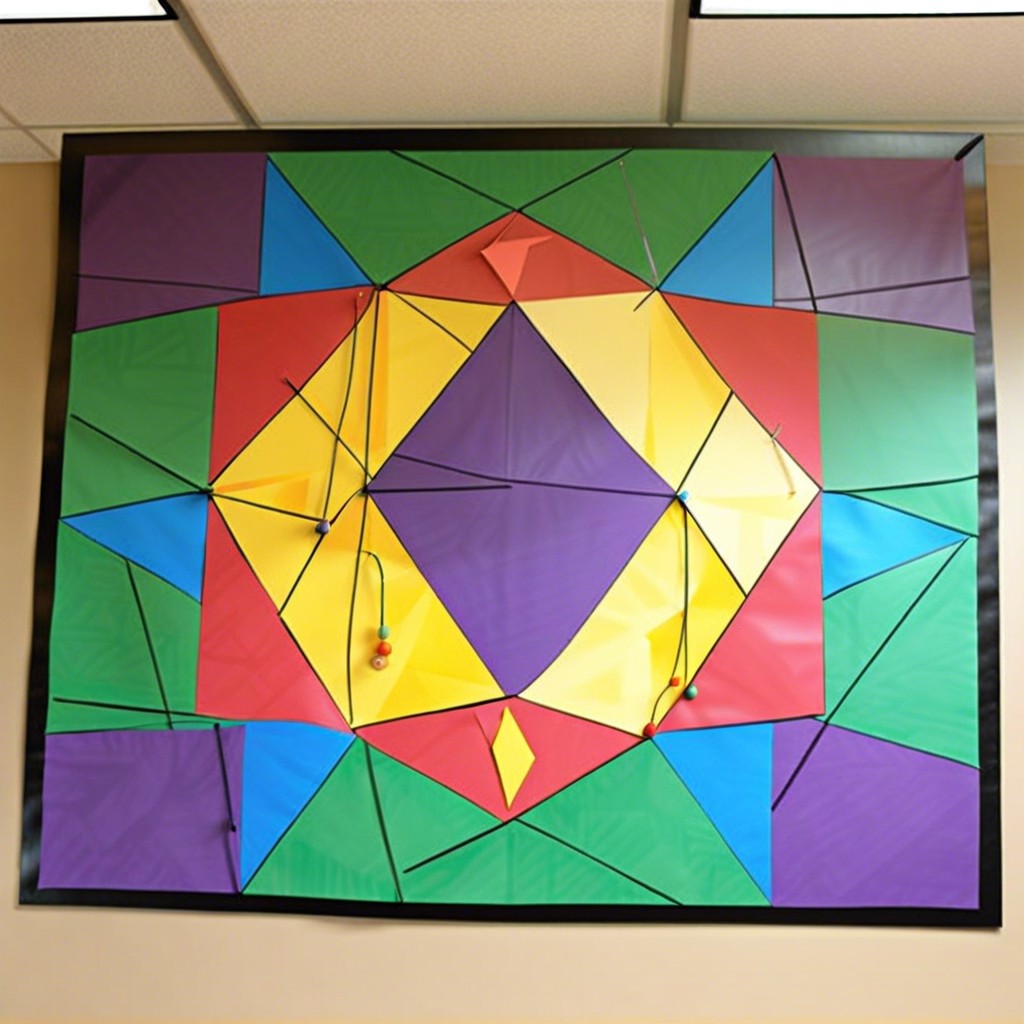
It’s a visual feast where students showcase their colorful geometric designs and tessellations. This gallery not only brightens up the space but also reinforces concepts through creativity and display.
Math Jokes: Weekly Math-related Humor
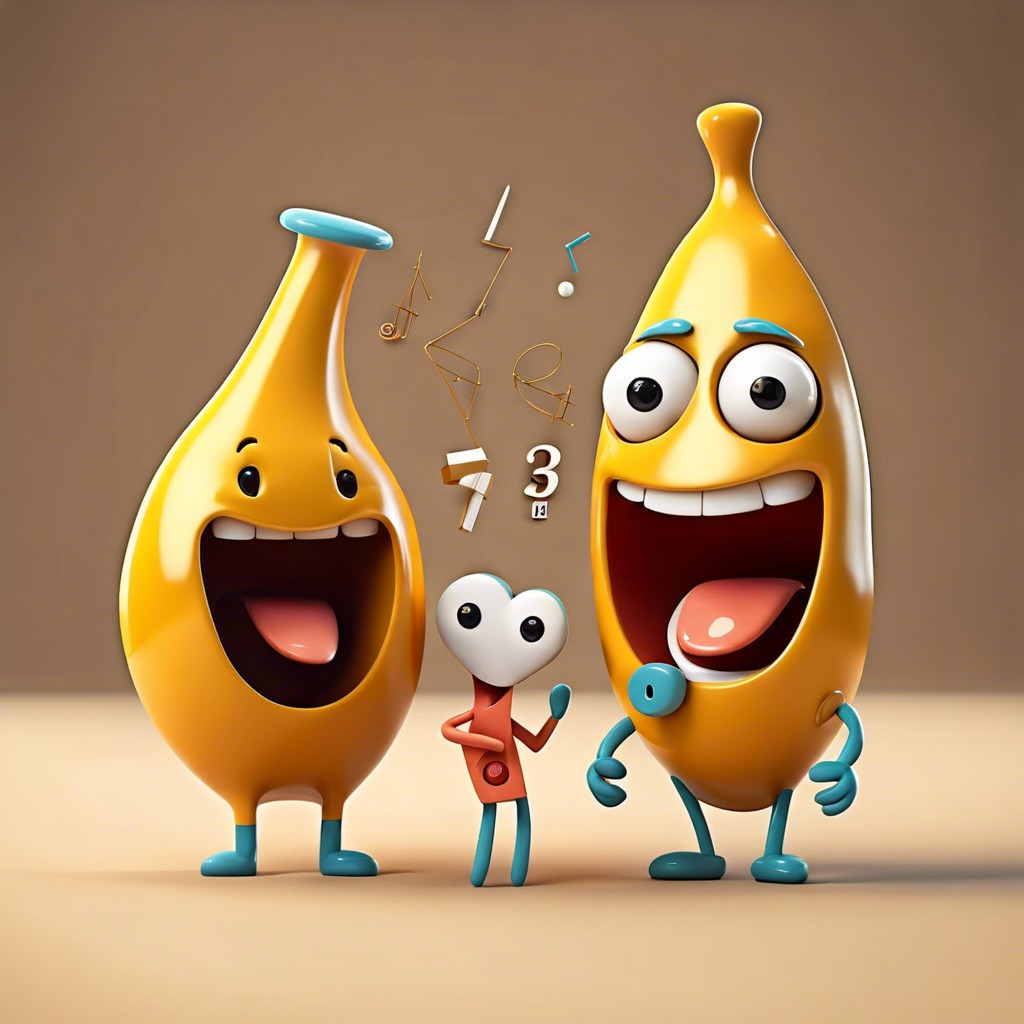
Nothing says “fun” like a board full of puns involving polygons and pi! Brighten up your board with a dash of humor to make math a bit more bearable for everyone.
Formula Wall: Essential Formulas and Their Uses
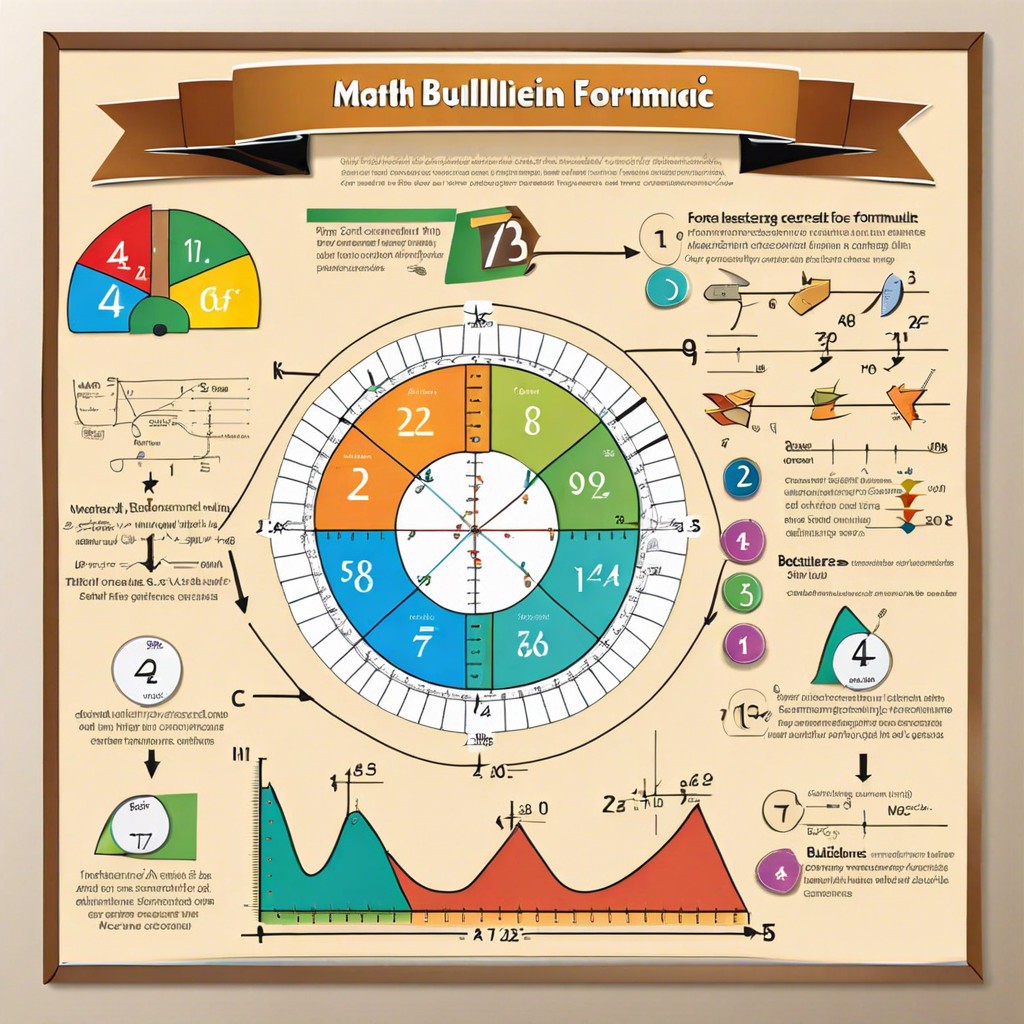
Students can quickly reference key equations and understand when and how to use them. This can turn panic during pop quizzes into calm confidence.
Math Quotes: Inspirational Quotes From Famous Mathematicians
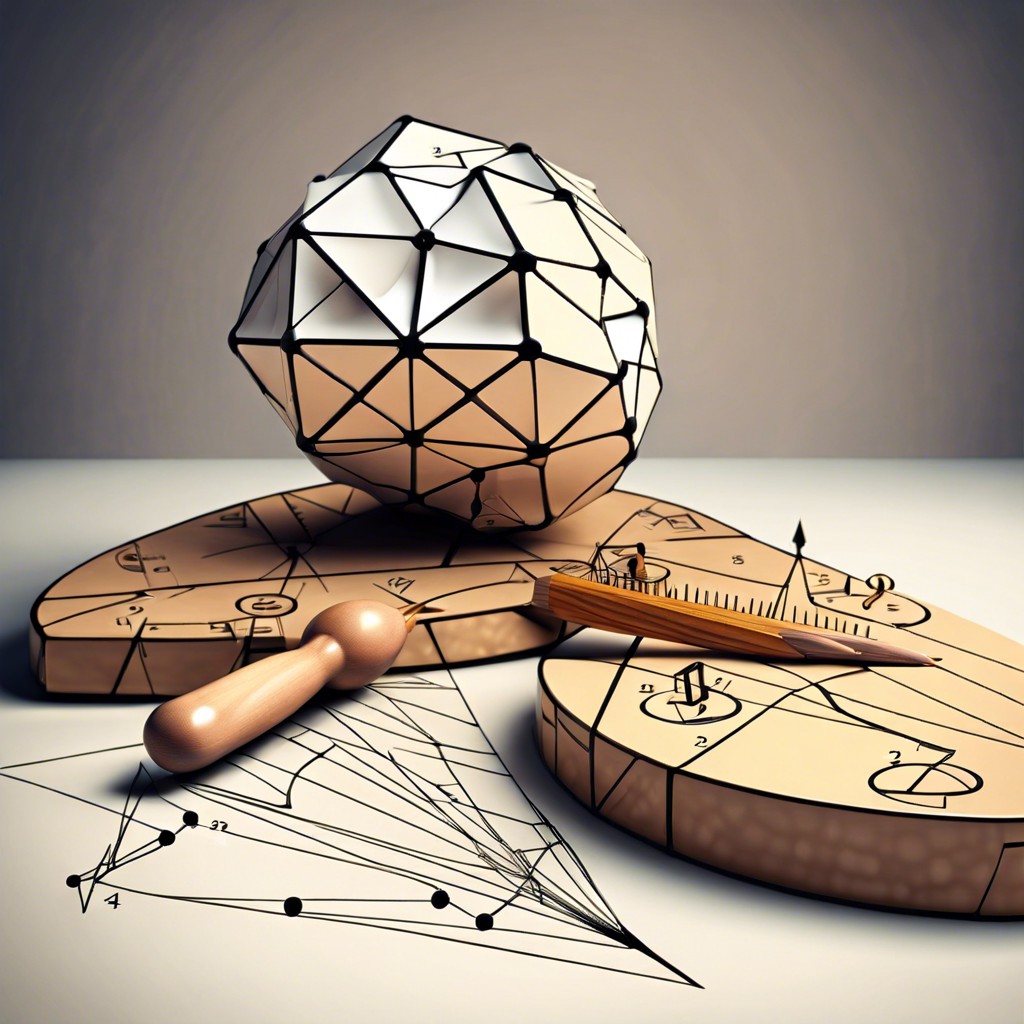
A bulletin board featuring inspirational sayings from mathematical legends can ignite curiosity and persistence among students. Quotes from the likes of Euclid, Gauss, or Emmy Noether can add a touch of wisdom and historical charm to your math corner.
Graph It: Different Types of Graphs With Examples
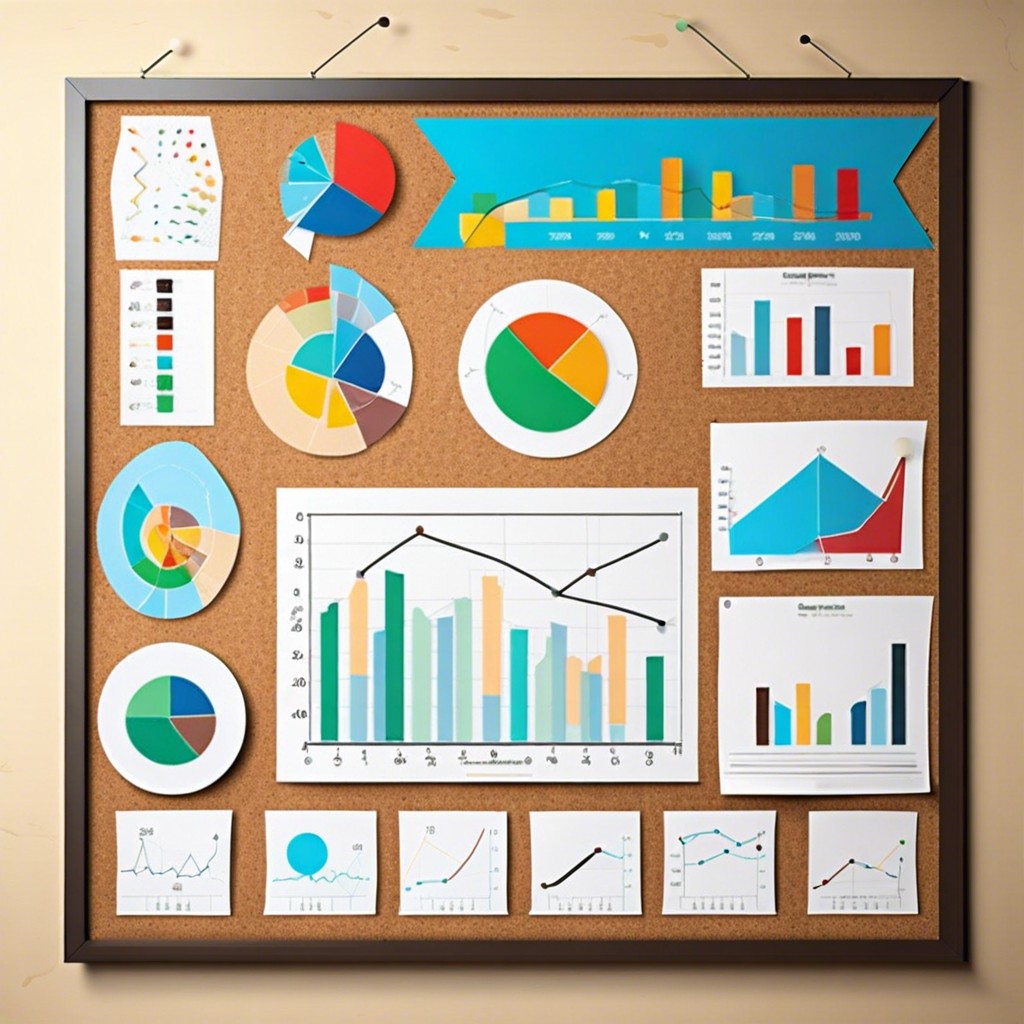
Bar graphs, pie charts, and line graphs will showcase the versatility of data representation. Each graph comes with a simple, real-world example for visual clarity.
Math Vocabulary: Weekly Math Terms and Definitions
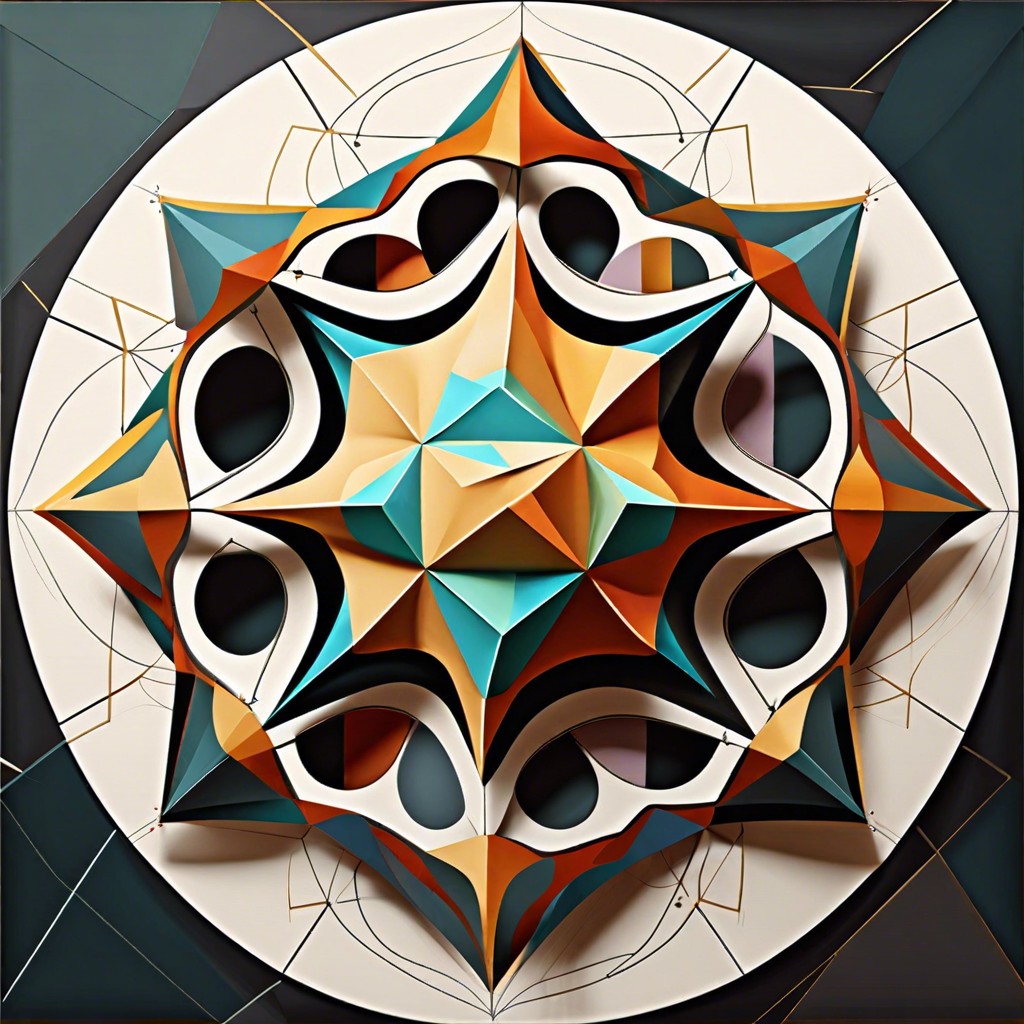
Boost students’ math language by spotlighting a new term each week alongside its definition. This bolsters their vocabulary and comprehension, making math problems less cryptic.
Real-World Math: Applications of Math in Daily Life
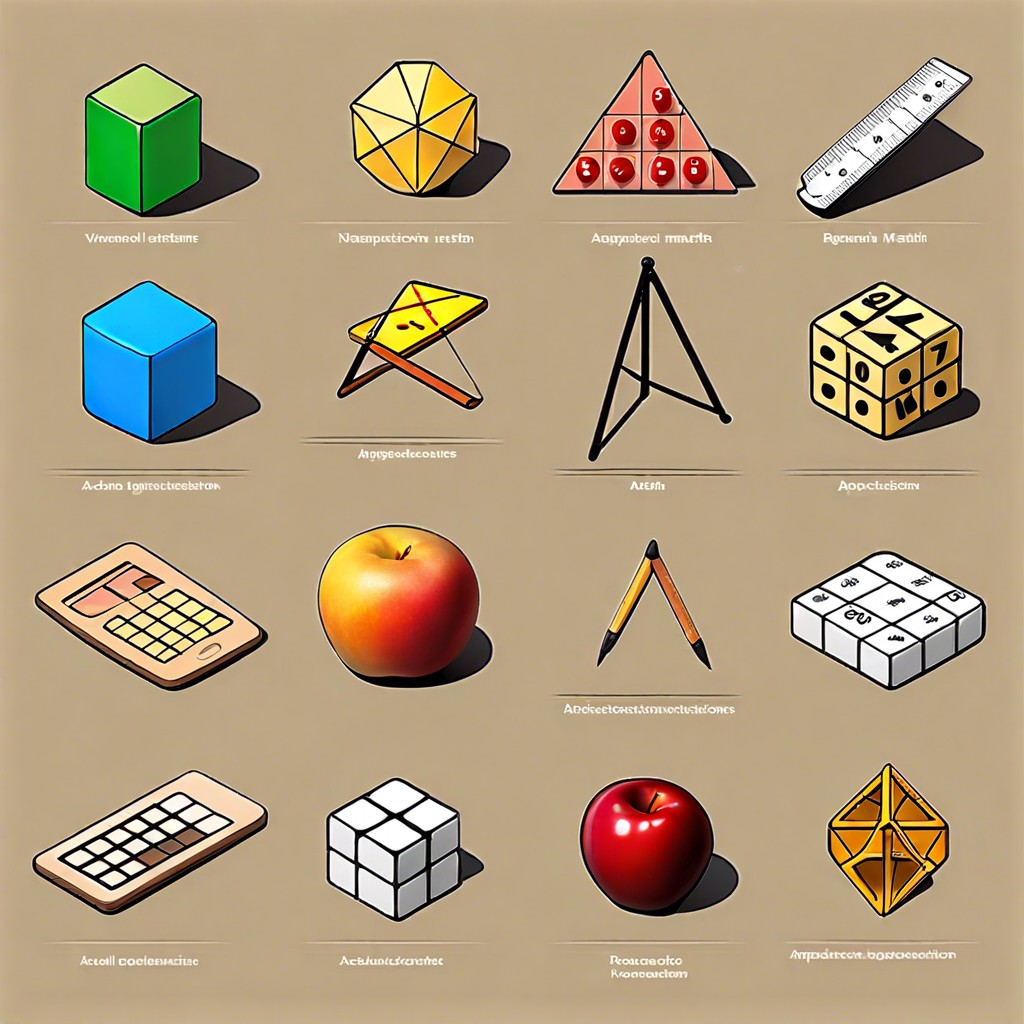
Discover how percentages play a role in shopping discounts and budgeting. Highlight practical uses like cooking measurements and home repairs requiring calculations.
Number Patterns: Sequences and Patterns to Solve

Watch students’ faces light up as they decode Fibonacci sequences and Pascal’s Triangle. Engage their curiosity with everyday examples like spirals in sunflowers or DNA helixes.
Math Milestones: Historical Timeline of Math Discoveries
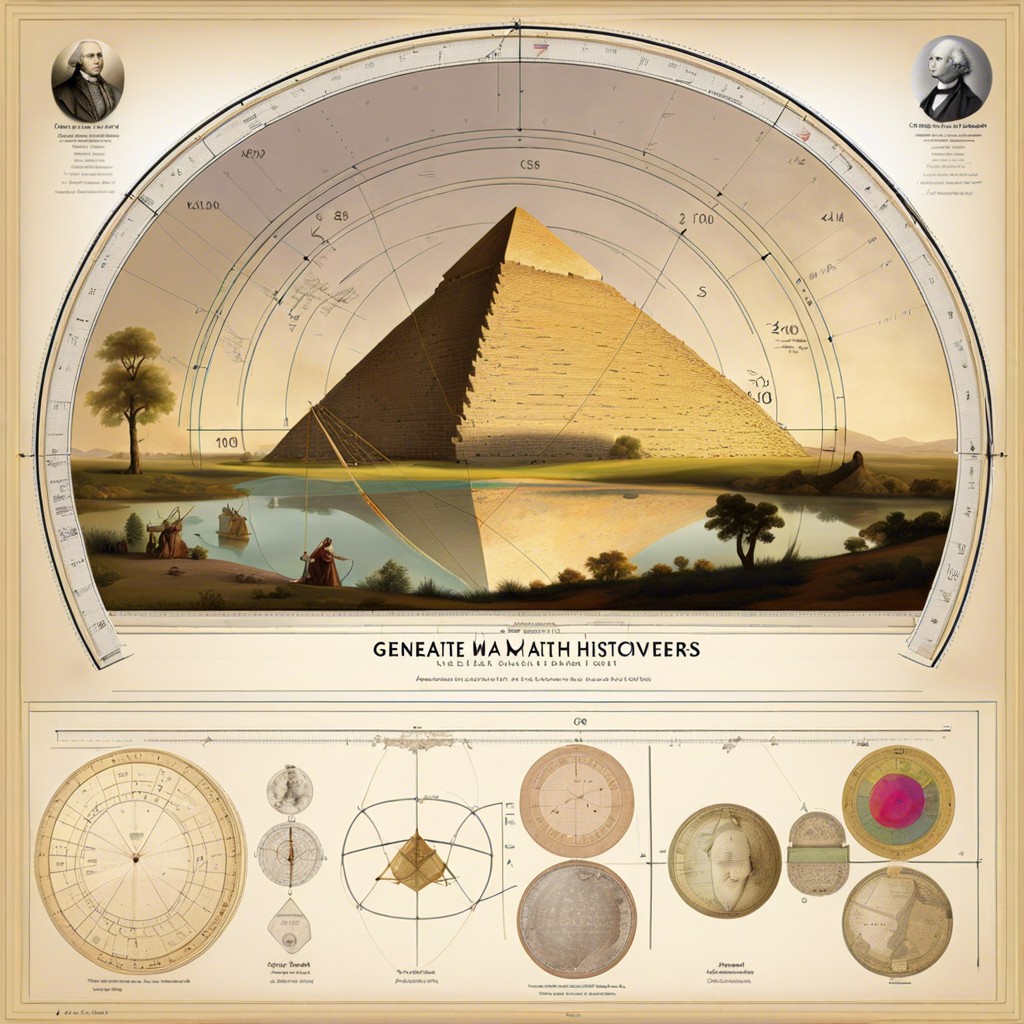
Highlight key discoveries in math from ancient to modern times with corresponding dates. Engage students with colorful visuals and brief descriptions to spark curiosity.
Problem of the Week: Challenging Math Problems
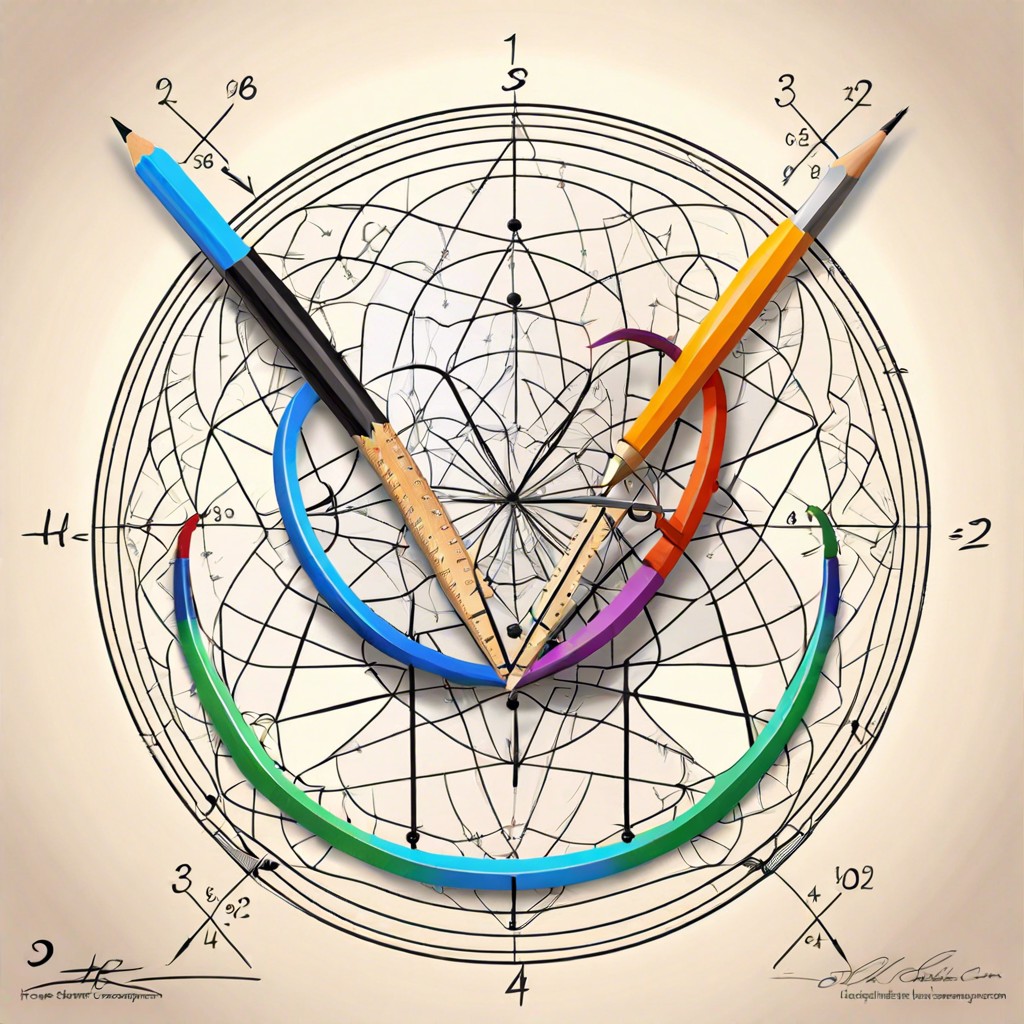
Nothing beats a brain teaser to kickstart your neurons! Pose a tough, intriguing math challenge every week to ignite competitive spirit and logical thinking.
Career Connections: Math-related Careers and Required Skills

Highlight various professions that use math, from data scientists to architects. Include required skills and brief job descriptions to show the real-world value of mathematical knowledge.